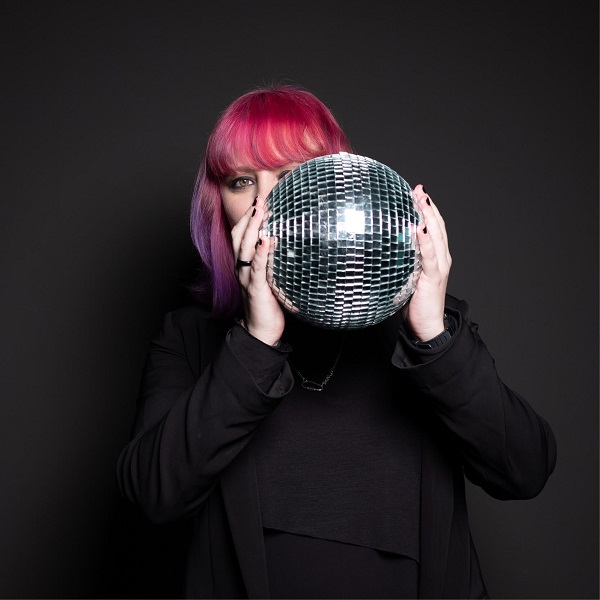Music, Not War: Russians Remain Top Fans of Ukrainian Acts
With new battlefields opening up daily on social media, we wanted to know if and how the Russian–Ukrainian tensions are reflected in music streaming. As it turns out, it’s business as usual for Ukrainian acts, as their Russian fans keep clocking in the views and streams, thus expressing connection and support.
The biggest audience for Ukrainian artists isn’t domestic – it’s in Russia.
On YouTube, local and Russian view counts are nearly identical (41% of all monthly views come from Ukraine and 40% from Russia). On Spotify, Russian fans out-listen Ukrainians 26% to 7%.
The audiences of top-performing Russian acts look similar. The largest chunk of fans is domestic (45% on YouTube and 27% on Spotify), while Ukrainian listeners make up 14% on YouTube and 2% on Spotify.
Does the support go both ways? To find out, we looked into the January-to-March streaming and viewing stats of the 100 top-performing Ukrainian and the 100 top-performing Russian artists, and compared them to their numbers in 2021.
📌 Viberate Analytics: Professional music analytics suite at an unbeatable price: $9.90/mo. Charts, talent discovery tools, plus Spotify, TikTok, and other channel-specific analytics of every artist out there.
Russian artists are seeing an almost 20% drop in YouTube views
On average, top Russian artists are getting 18.5% fewer YouTube views, while the numbers for Ukrainian artists remain virtually unchanged compared to the same time span in 2021. On Spotify, however, both Ukrainian and Russian artists have increased their streaming numbers by 50% compared to 2021 – which is to be expected, as Spotify was introduced to both countries only a year and a half prior, in July 2020.
The YouTube drop might reflect ordinary lives being interrupted by war, when watching music videos isn’t exactly a priority. An estimated 9.5 M people – 21.5% of the population – has either left Ukraine as refugees or have been displaced within the country.
Second, it might be a form of a boycott by viewers, either Russian or Ukrainian or other, as various sanctions and social media bans are taking effect.
However, an “artistic revolt” seems to be growing despite these bans. Russian rapper Oxxxymiron has openly protested the Ukraine invasion by canceling his sold-out shows in Russia and organizing a series of fundraising concerts. And Ukrainian duo Vremya i Steklo continue touring Russia while alerting their Russian audience on ways they can help.
It's still too early to tell for certain, but one thing is already clear – music connections run deeper than politics.

